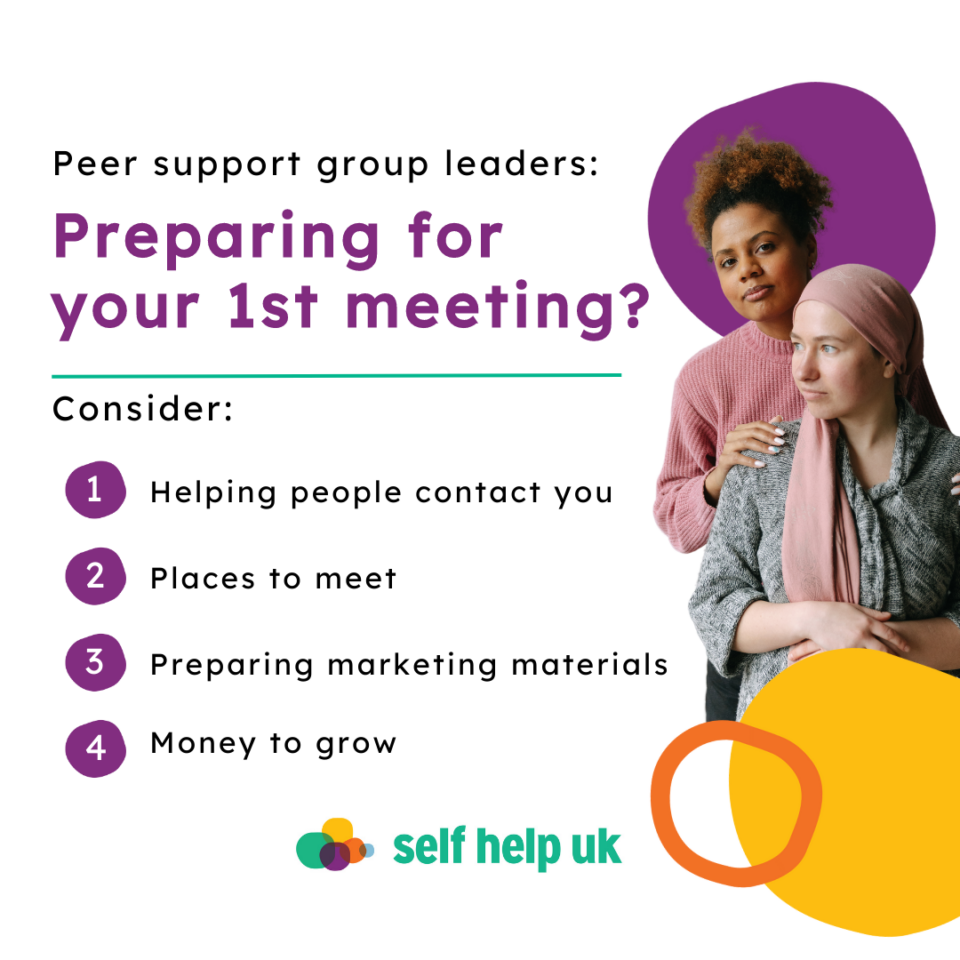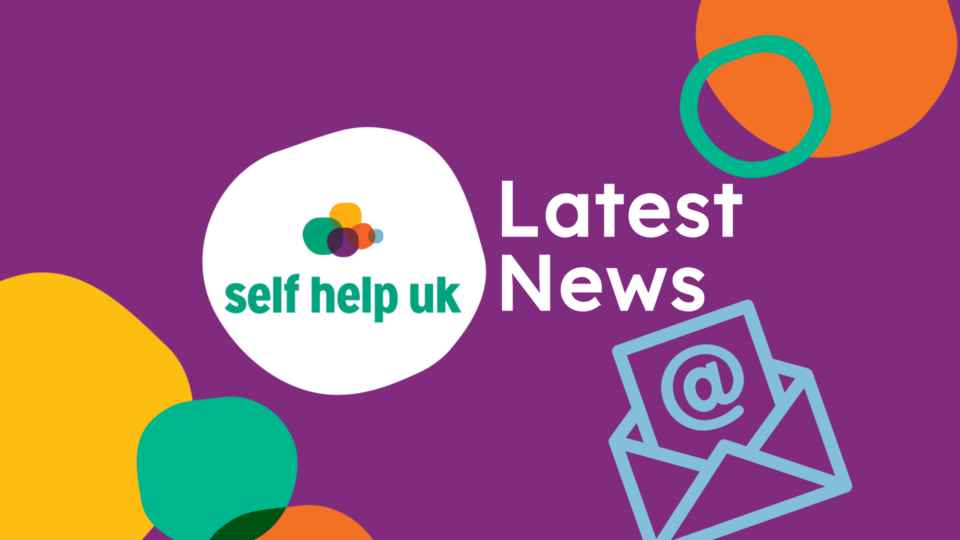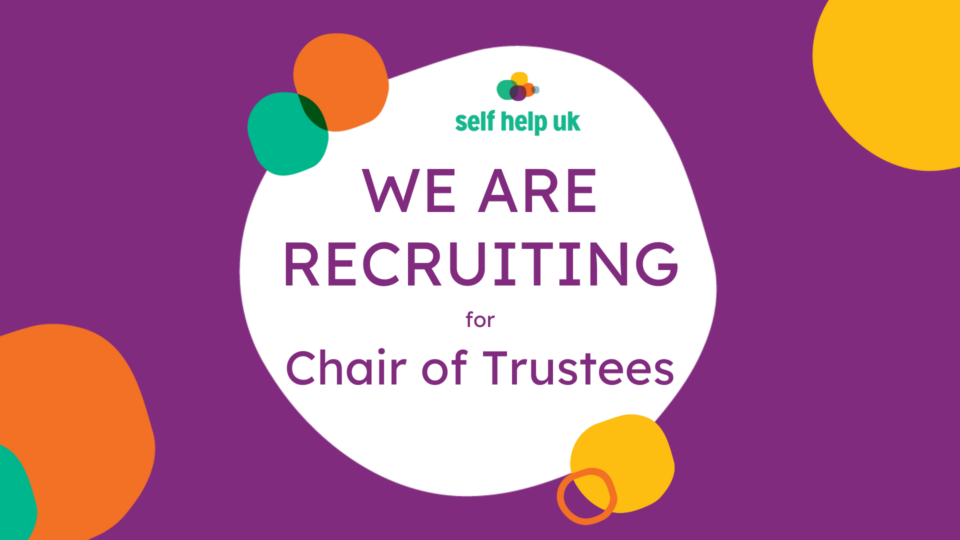We explore module 2 of our ‘Peer Support Group Starter Kit’ course.

Thinking of setting up a peer support group?
Once you’ve decided to continue with starting your group and defined your group’s goals, the next step is preparing for your first meeting.
Helping people contact you
To begin, you need ways for potential group members and funders to reach you. There are many options to choose from. These tools can also be used to share information with members and enable group communication.
Places to meet
Your meeting venue is important. You want people in your new group to feel comfortable, happy and eager to return. If people feel comfortable in a venue, you may find it easier to attract new members.
Preparing marketing materials
Once you’ve sorted your contact details and decided where to meet, you need to let people know about the group. There are lots of opportunities available for you to market your group in the communities where you live and work. Very few self-help groups grow through word of mouth alone. Good marketing is particularly important to the success of a new group.
Money to grow
Money is important to running a self-help group, but don’t worry about it too much. Groups usually find ways around the problem and, if you keep things simple, you may find you don’t need that much. As you plan your group, draw up a budget that lists the costs that need to be covered.
In Module 2 of our Peer Support Group Starter Kit, we delve into the advantages and disadvantages of different methods and considerations. We provide links to guides and further resources. Real-life case studies from Nottingham-based groups demonstrate examples of successful groups who’e been there before (and who helped us to develop this course!). We also give you space to think about how you’ll apply this knowledge to your own group. You can express this in writing or as a video.
Not sure if the course is for you? Try module 1 for FREE! Peer Support Group Starter Kit course sign-up


